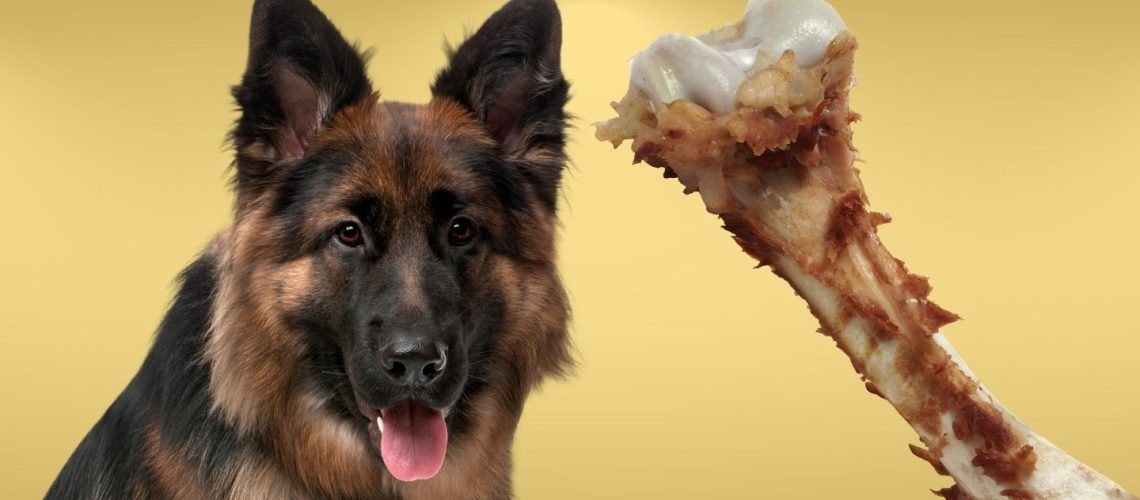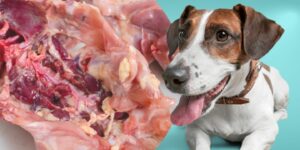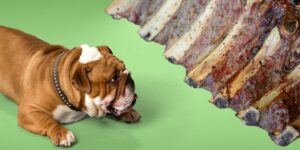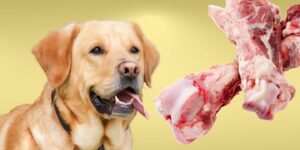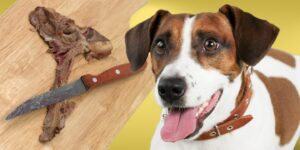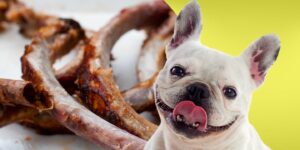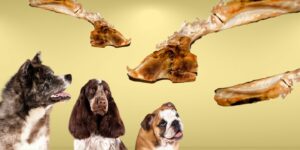The short answer is no; dogs should not eat turkey bones. While it may seem natural for dogs to eat bones, especially during Thanksgiving when there are plenty of turkey bones around, it is actually quite dangerous for them to do so. Ensuring that your dog only ingests safe foods is a major responsibility as a pet owner. There is a common misconception that dogs and bones go hand in hand, but this is not always true.
Why are Turkey Bones Dangerous for Dogs?
Turkey bones are dangerous for dogs due to their brittle and splintering nature. When dogs chew on these bones, they can break into sharp fragments that can cause numerous health issues.
Potential Injuries from Turkey Bone Splinters
Cuts and Punctures in the Mouth
The sharp fragments can cause cuts and punctures in a dog's mouth, leading to pain and possible infection.
Choking Hazards
Dogs can also choke on the splinters, which may require emergency intervention to save their lives.
Internal Injuries
Turkey bone splinters that are swallowed can travel through the digestive tract, causing internal injuries as they make their way through your dog's body.
The Risk of Blockages in the Digestive System
Intestinal Blockages
The bone fragments can also cause blockages in the intestines, leading to severe complications and even death if left untreated.
Constipation
Smaller bone pieces may result in constipation, causing discomfort for your dog.
The Possibility of Bacterial Contamination
Salmonella and Other Harmful Bacteria
Turkey bones, especially if they have been sitting out for a while, can harbor harmful bacteria like Salmonella, which can lead to food poisoning in your dog.
Signs Your Dog Has Ingested Turkey Bones
If you suspect that your dog has ingested turkey bones, it is important to watch for signs such as gagging or choking, pawing at the mouth, vomiting or regurgitating, lethargy or weakness, loss of appetite, blood in stool or vomit, and difficulty passing stool.
Immediate Actions to Take
Assessing the Situation
Once you notice any of the signs mentioned above, it's crucial to assess the situation and determine the severity of the issue.
Contacting Your Veterinarian
Immediately contact your veterinarian and explain what has occurred. They will provide guidance on the next steps you should take.
Monitoring Your Dog for Symptoms
Keep a close eye on your dog and monitor them for any worsening symptoms or new developments.
Following Your Veterinarian's Advice
Always follow the advice and recommendations of your veterinarian in these situations, as their expertise will provide the best possible care for your dog.
Preventing Turkey Bone Ingestion
To prevent turkey bone ingestion, it is important to properly dispose of bones, educate family members and guests on the dangers, and supervise your dog during meal times to ensure they are not scavenging for dangerous items.
Safe Treats and Chews for Dogs
Instead of offering turkey bones to your dog, you can provide safe alternatives, such as commercially available dog chews like rawhide alternatives and dental chews, natural chews like bully sticks and antlers, or homemade treats like dehydrated sweet potatoes and peanut butter treats.
Final Thoughts
Many pet owners are not aware of the dangers turkey bones present to their dogs, particularly during the holidays when these bones are more prevalent. As a responsible pet owner, it is important to prioritize your dog's health and safety by avoiding giving them turkey bones and opting for safe, dog-friendly alternatives instead.

